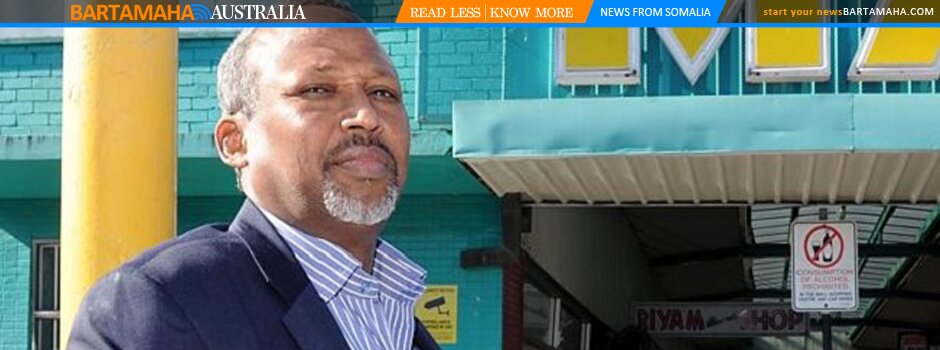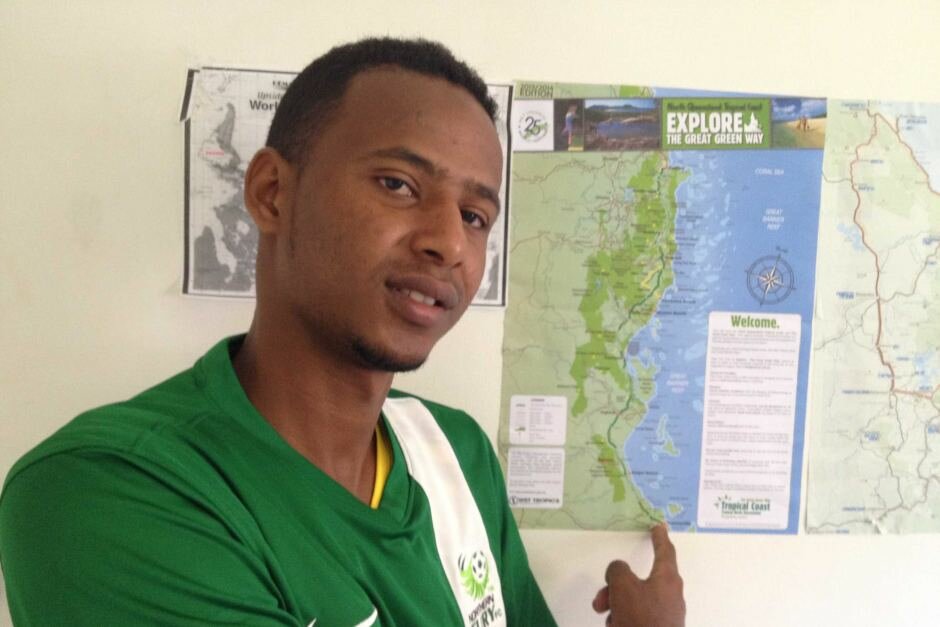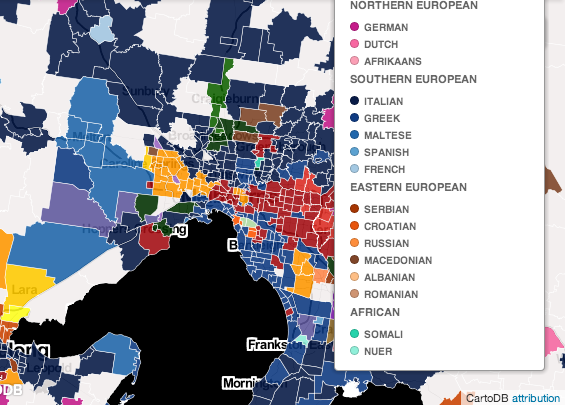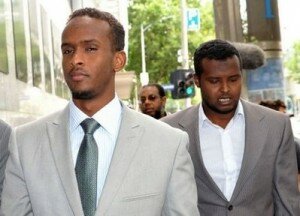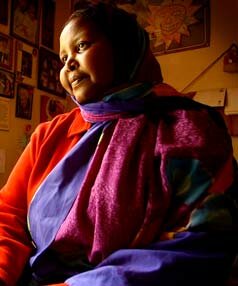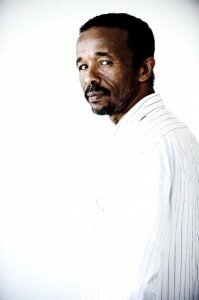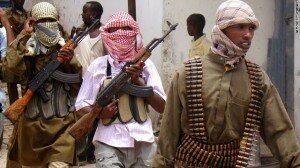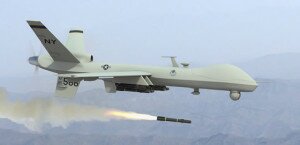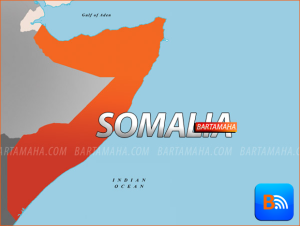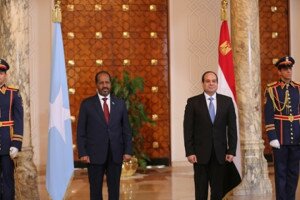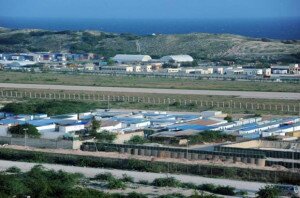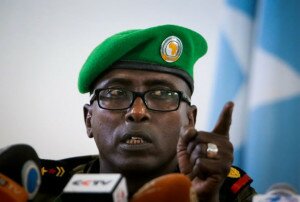Australia Defence and Security Report Q1 2010
17.02.2010 18:24:53
(live-PR.com) – A better-than-expected performance of the Australian economy has compelled us to revise our full-year growth forecast for 2009 upwards to 0.3%, from -0.8% previously, while retaining our 2010 forecast of 1.9% growth. A key risk to our outlook is a renewed Chinese downturn, which could adversely impact on Australia’s economy.
Australia’s international deployments in Iraq and Afghanistan, and public alignment with
the US, have made it a target for Islamic terrorists. As yet, there have been no terrorist attacks on Australian soil. However, in Melbourne five individuals were arrested and charged on August 4-5 with plotting to conduct a suicide attack on a military base near Sydney. The men allegedly intended to attack the base with automatic weapons and kill as many military personnel as they could until they themselves were killed. The law enforcement agencies have claimed that the men had sought a fatwa, or religious ruling, on the permissibility of their planned attack from Sheikhs associated with the Somali militant group Al- Shabab. Al-Shabab is currently waging a jihadist insurgency against the Transitional Federal Government in Somalia. Links between Al-Shabab and Somali refugee populations in Australia and other Western nations are causing much concern for law-enforcement and security agencies.
Australia’s Rudd government’s first budget included a 6.4% increase in 2008/09 defence expenditure and a commitment that spending would continue to increase by 3% in real terms per year until at least 2017, while also warning that it expected the Department of Defence to find annual internal savings of around AUD1bn. The Rudd government’s defence white paper, released in May 2009, recommends considerable expansion of the navy costing tens of billions of dollars, doubling the submarine fleet from six to 12, acquiring three new air warfare destroyers, eight new well-armed frigates, 24 new naval combat helicopters, a bigger fleet of more powerful patrol craft, and developing a serious anti-submarine warfare capability.
However, the global financial crisis has already forced the Department of Defence to shelve plans to buy billions of dollars worth of military equipment, including a AUD5bn maritime surveillance system. Australia had also announced that it would acquire 100 F-35s. On December 1 2009, the government announced that it would acquire an initial 14 F-35 joint strike fighter aircraft and that the funding was now in place.
Australia Defence and Security Report Q1 2010: published 1/1/2010 is available at:
www.reportbuyer.com/industry_manufacturing/defen ..
Comments
comments
 Calendar
Calendar






